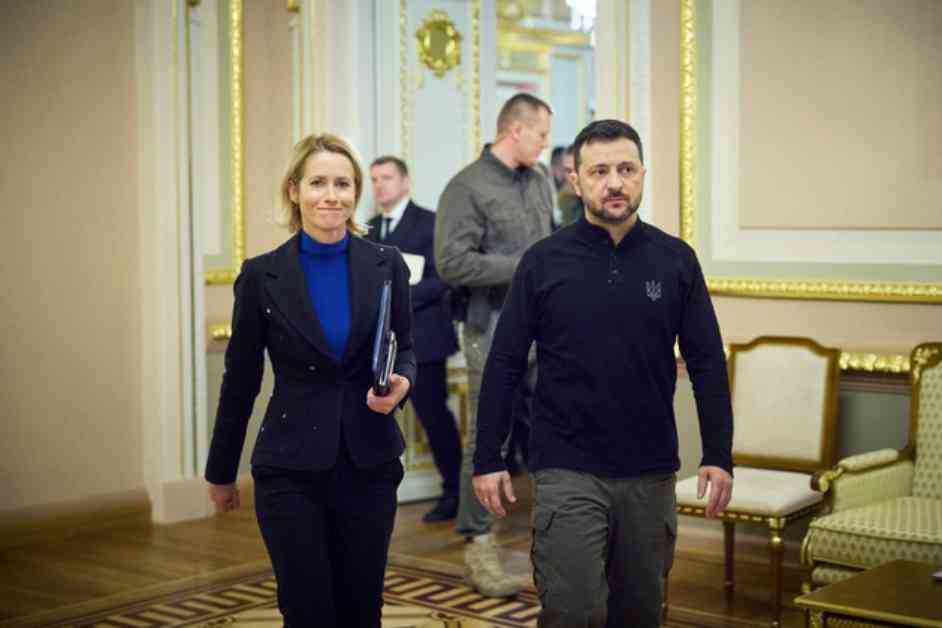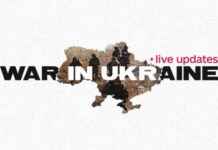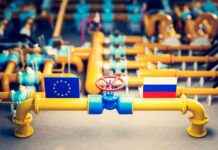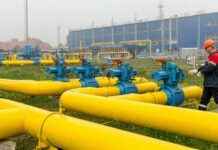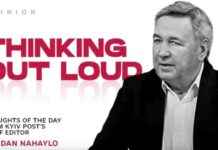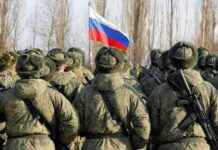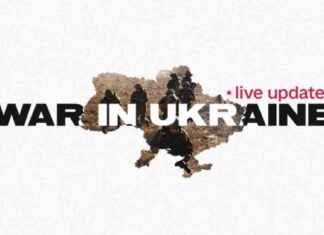Amidst escalating fears of waning US support for Kyiv, European governments are contemplating a bold move to seize Russian assets that have been immobilized since Moscow’s full-scale incursion into Ukraine on February 24, 2022. The European Union stands at the forefront of this financial power play, with approximately €200 billion of Russian funds held in Brussels-based financial institution Euroclear, generating substantial interest. In stark contrast, the United States exerts control over a mere $5 billion of these frozen assets.
European Power Play: The Quest for Leverage
The decision to potentially seize Russian assets is perceived as a strategic maneuver by Europe to assert its influence, particularly following its exclusion from recent US-Russia negotiations in Saudi Arabia aimed at resolving the ongoing conflict in Ukraine. The move is seen as a way for Europe to secure a larger seat at the negotiating table, after being sidelined by both the US and the Kremlin during their talks in Riyadh, as reported by Politico.
Estimates place the total frozen Russian funds in Europe at closer to €200 billion rather than €300 billion. The prospect of seizing these substantial assets presents a drastic yet potentially effective option for Europe to enhance its diplomatic clout. According to Politico, such a move would likely ensure Europe a more prominent role in international negotiations, despite the lingering concerns over whether it would demonstrate Brussels’ strength or backfire.
European Divisions and Diplomatic Dilemmas
Despite the potential benefits of leveraging the frozen Russian assets, European governments find themselves divided on the matter. Nations geographically closer to Russia, such as Estonia, Lithuania, Latvia, Poland, and Czechia, are advocating for immediate action. Their stance is supported by the EU’s top diplomat, former Estonian Prime Minister Kaja Kallas, who emphasizes the importance of transferring these funds to Ukraine.
Estonian Foreign Minister Margus Tsahkna highlights the significance of utilizing the Russian frozen assets as a means to replace any potential shortfall in US support for Ukraine. On the other hand, Lithuanian Foreign Minister Kęstutis Budrys dismisses legal concerns surrounding the seizure of these assets, emphasizing the need for political will to proceed with the plan.
Challenges and Contention: The European Conundrum
While Eastern European and Baltic states are vocal in their support for seizing the Russian assets, major EU powers like France, Germany, Italy, and Spain, along with European Commission President Ursula von der Leyen, remain hesitant. Their reluctance stems from concerns that such a move could erode investor confidence and diminish the EU’s bargaining power in future negotiations with Moscow.
Kallas acknowledges the complexities of reaching a consensus on this contentious issue, emphasizing the necessity for unanimous support among EU members. The current legal framework stipulates that the frozen assets will remain untouched until Russia agrees to pay reparations to Ukraine post-war. However, these funds present a compelling option for financing Ukraine’s extensive reconstruction efforts, which the World Bank estimates will require $486 billion.
Looking Ahead: The Road to Diplomatic Resolution
As the diplomatic landscape evolves, the involvement of the EU in peace talks appears increasingly vital, as underscored by US Secretary of State Marco Rubio following his meeting with Russian Foreign Minister Sergey Lavrov. The imperative for Europe to engage in seizing frozen Russian assets is echoed by British Foreign Minister David Lammy, who urges collective action among European allies.
The discussions surrounding the potential use of frozen assets for Ukraine’s reconstruction underscore the delicate balance between leveraging financial resources and navigating nuanced diplomatic negotiations. While Russia’s willingness to allocate a portion of these assets for Ukraine’s recovery presents a glimmer of hope, strict oversight mechanisms and unresolved territorial disputes pose significant challenges to reaching a comprehensive agreement.
As the international community navigates the complexities of the ongoing conflict in Ukraine, the fate of frozen Russian assets emerges as a pivotal factor in shaping the trajectory of diplomatic negotiations and post-war reconstruction efforts. Balancing economic imperatives with geopolitical considerations remains paramount as stakeholders strive to chart a path towards lasting peace and stability in the region.
